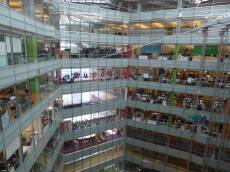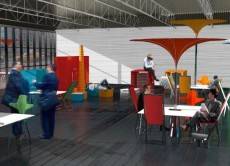December 5, 2013
New report finds lack of consensus in measurement of social sustainability
 A lack of consensus on what is to be reported on and measured makes comparison difficult when measuring social sustainability. This is one of the key findings of the first annual Sustainable FM Index report, which examines how sustainability is embedded within facilities management service companies. Compiled by Acclaro Advisory, the University of Reading and Workplace Law; the index provides a comparative assessment of FM providers within the UK market. The results, which can be applied to internal and outsourced organisations, aims to showcase achievement, as well as highlighting areas of weakness to stimulate change and raise the delivery of sustainability. The companies which made the index, including Carillion, CBRE and Vinci facilities, have reported high levels of commitment to sustainability in terms of the governance, social and environmental criteria assessed. More →
A lack of consensus on what is to be reported on and measured makes comparison difficult when measuring social sustainability. This is one of the key findings of the first annual Sustainable FM Index report, which examines how sustainability is embedded within facilities management service companies. Compiled by Acclaro Advisory, the University of Reading and Workplace Law; the index provides a comparative assessment of FM providers within the UK market. The results, which can be applied to internal and outsourced organisations, aims to showcase achievement, as well as highlighting areas of weakness to stimulate change and raise the delivery of sustainability. The companies which made the index, including Carillion, CBRE and Vinci facilities, have reported high levels of commitment to sustainability in terms of the governance, social and environmental criteria assessed. More →
























December 6, 2013
Don’t be caught by surprise by the hidden costs of commercial property
by Richenda Oldham • Comment, Facilities management, Knowledge, Property
More →